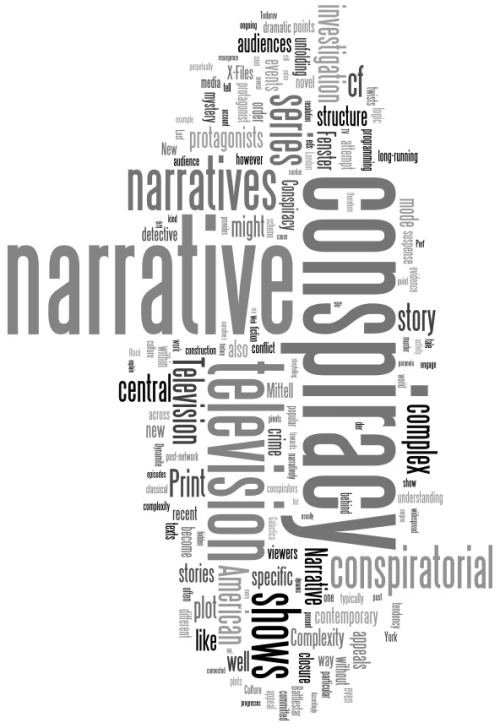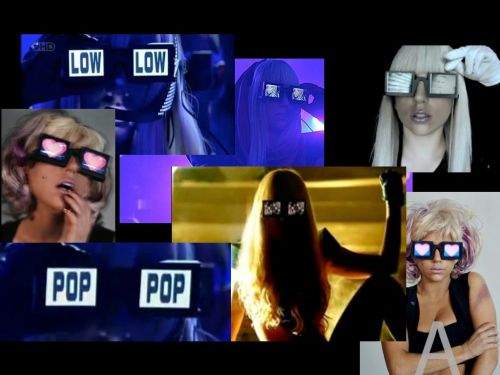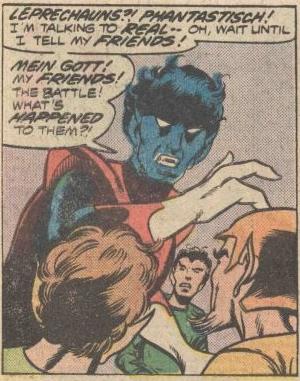American Comic Books and Graphic Novels is a special issue of Amerikastudien / American Studies (issue 56.4), edited by Daniel Stein and Christina Meyer (my co-editors on the forthcoming Transnational Perspectives on Graphic Narratives: Comics at the Crossroads), together with Micha Edlich from the University of Mainz. The special issue, which I just found in my mailbox, has turned out to be a very nice collection of essays, bringing together theorizations of comics and graphic narratives as a medium or medial form and close readings of specific case studies. Also included is an interview with David Mack, conducted by Henry Jenkins. Daniel Stein has posted the full table of contents at his academia.edu page (here).
My own contribution, “Marvel Comics’ Frankenstein: A Case Study in the Media of Serial Figures,” continues my recent explorations of the nexus of seriality and/as mediality. Here’s the abstract:
This essay argues that Marvel’s Frankenstein comics of the 1960s and 1970s offer a useful case study in the dynamics of serial narration, both as it pertains to comics in particular and to the larger plurimedial domain of popular culture in general. Distinguishing between linear and non-linear forms of narrative seriality—each of which correlates with two distinct types of series-inhabiting characters—I argue that Marvel’s staging of the Frankenstein monster mixes the two modes, resulting in a self-reflexive exploration and interrogation of the comics’ story- telling techniques. Furthermore, I contend that this process sheds light on the medial dynamics of serial figures—that is, characters such as the monster (but also superheroes like Batman and Superman or other figures like Tarzan and Sherlock Holmes) that are adapted again and again in a wide variety of forms, contexts, and media. Though narrative continuity may be lacking between the repeated stagings of serial figures, non-diegetic traces of previous incarnations accumulate on such characters, allowing them to move between and reflect upon medial forms, never wholly contained in a given diegetic world. Accordingly, Marvel’s depiction of the Frankenstein monster leads to a self-reflexive probing of comic books’ forms of narrative and visual mediality, ultimately problematizing the very building blocks of comics as a medium—the textual and graphic framings that, together, narrate comics’ serialized stories.



